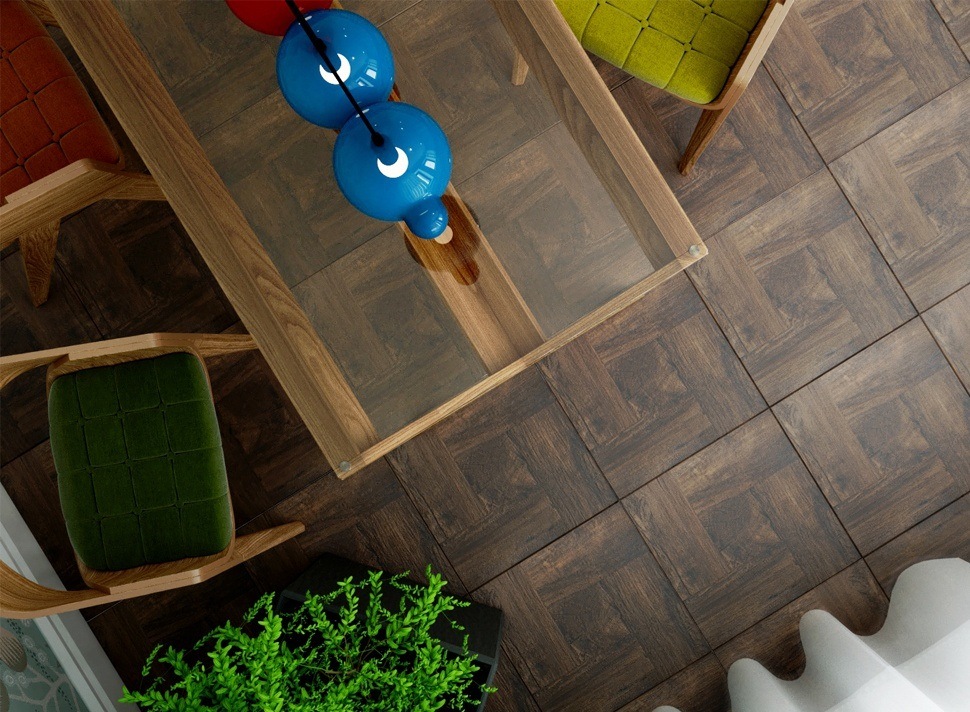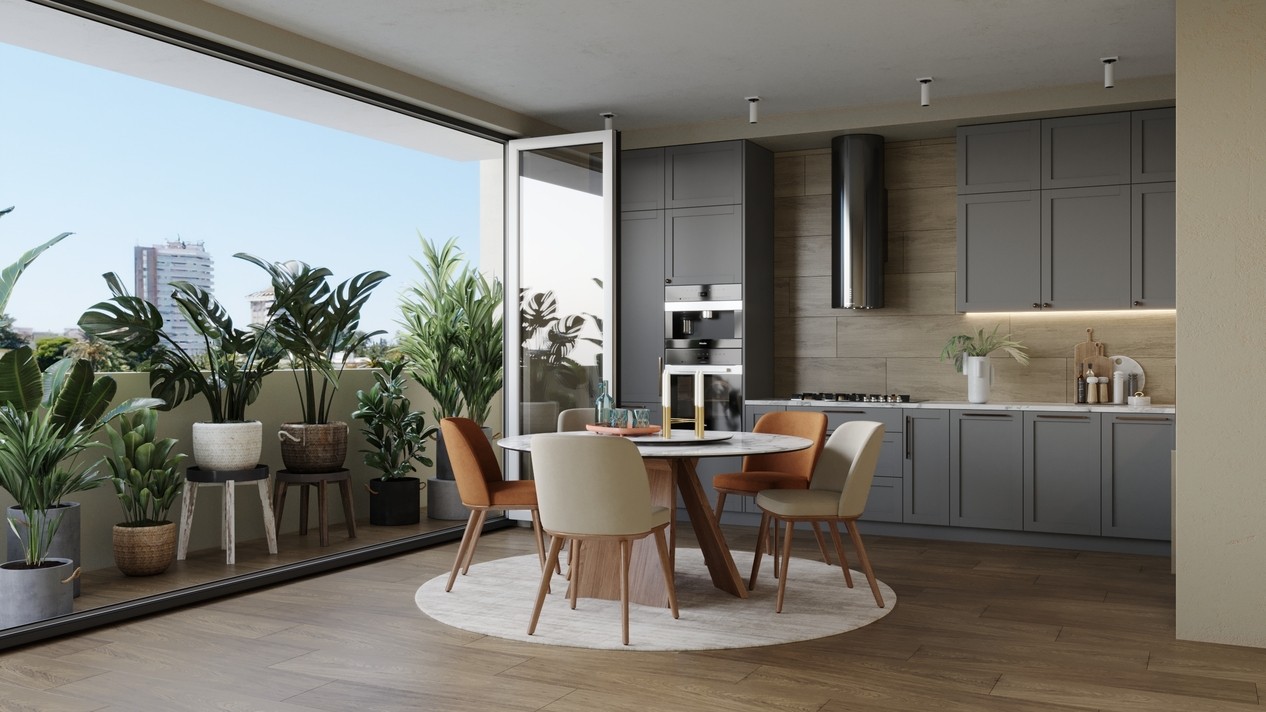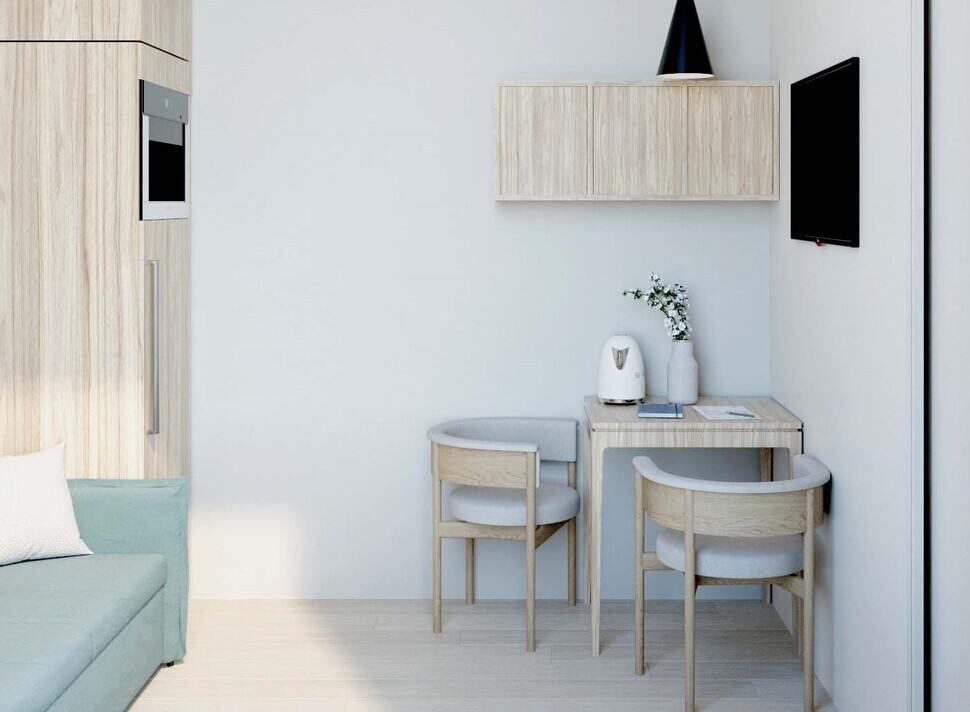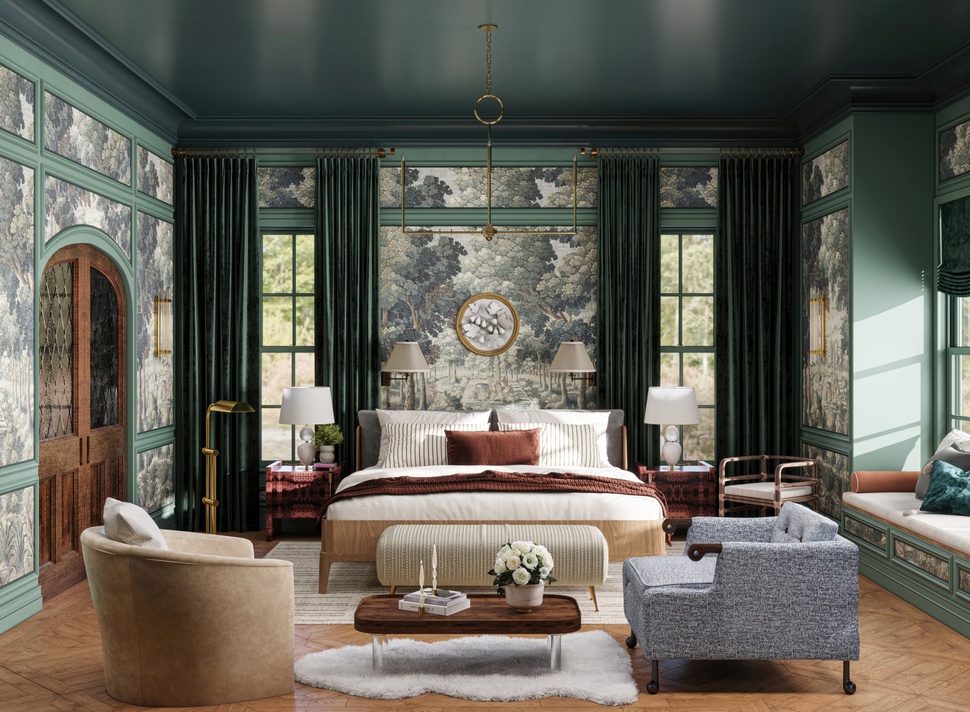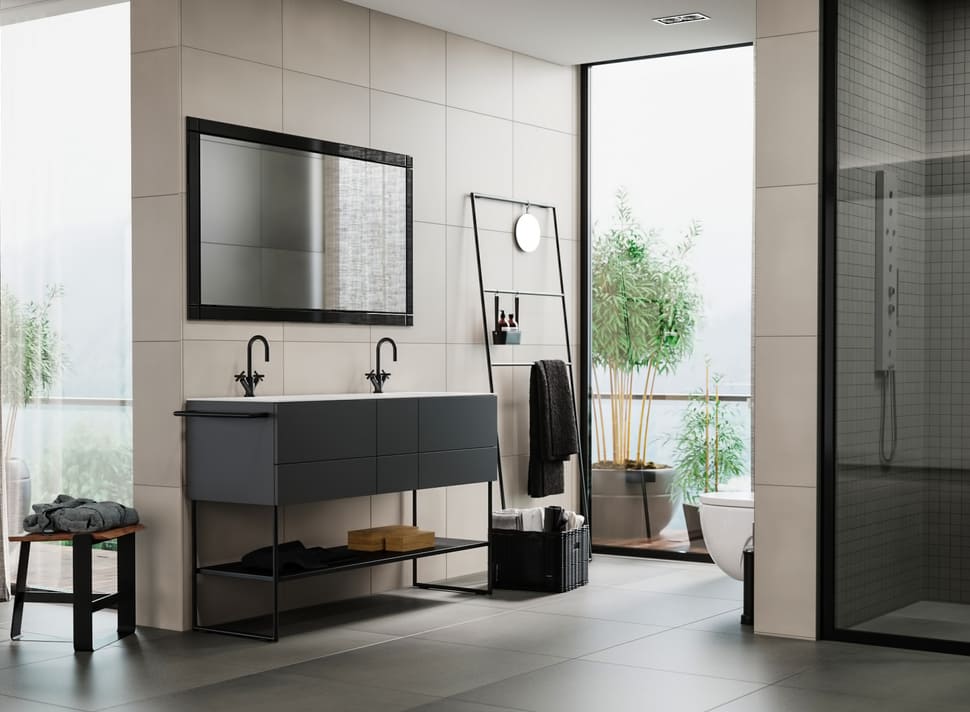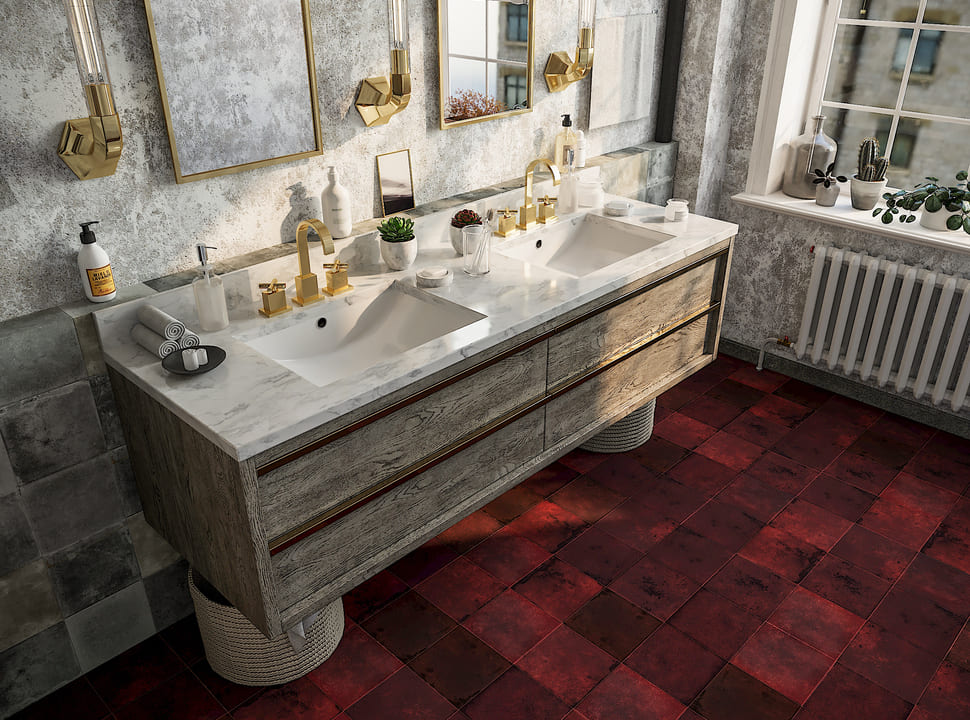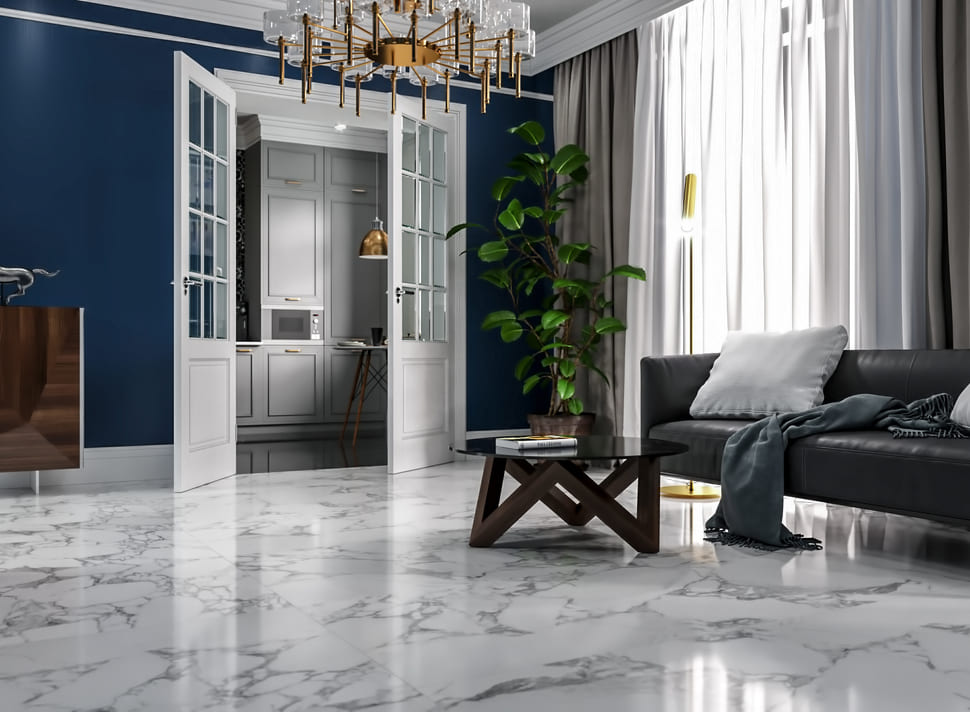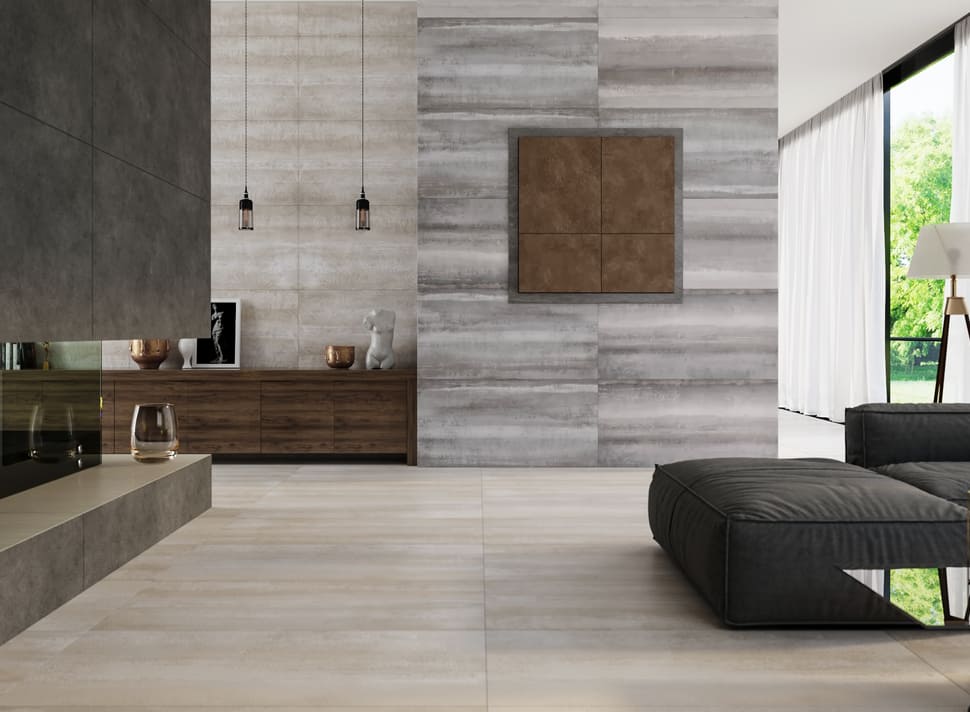Augmented Reality for Interior Design: Bringing Spaces to Life
In the ever-evolving world of interior design, revolutionary technology is reshaping how professionals and homeowners alike approach creating and visualizing living spaces. Augmented reality (AR) has emerged as a game-changing tool, seamlessly blending the physical and digital realms to offer an immersive and interactive design experience. By leveraging 3D interior rendering techniques, AR is transforming the industry, allowing users to visualize potential designs with unprecedented clarity and precision.
The AR Revolution in Interior Design
Gone are the days when interior designers relied solely on mood boards, fabric swatches, and static 2D floor plans to convey their vision. With the advent of AR technology, the entire design process has been elevated to new heights. According to a recent study by Grand View Research, the global AR market in interior design is projected to reach $5.4 billion by 2027, growing at a compound annual growth rate (CAGR) of 18.9% from 2020 to 2027.
This explosive growth is driven by the myriad benefits AR brings. By overlaying digital elements onto the natural world through smartphones or specialized AR glasses, users can now see potential furniture arrangements, color schemes, and decor items in real-time within their actual space. This capability enhances the decision-making process and significantly reduces the risk of costly mistakes and buyer's remorse.
The Power of 3D Interior Rendering in AR
At the heart of AR's transformative impact on interior design lies the sophisticated technology of 3D interior rendering. This process involves creating highly detailed, photorealistic digital models of interior spaces and objects. These renderings come to life when combined with AR, allowing users to interact with virtual furnishings and decor as if they were physically present in the room.
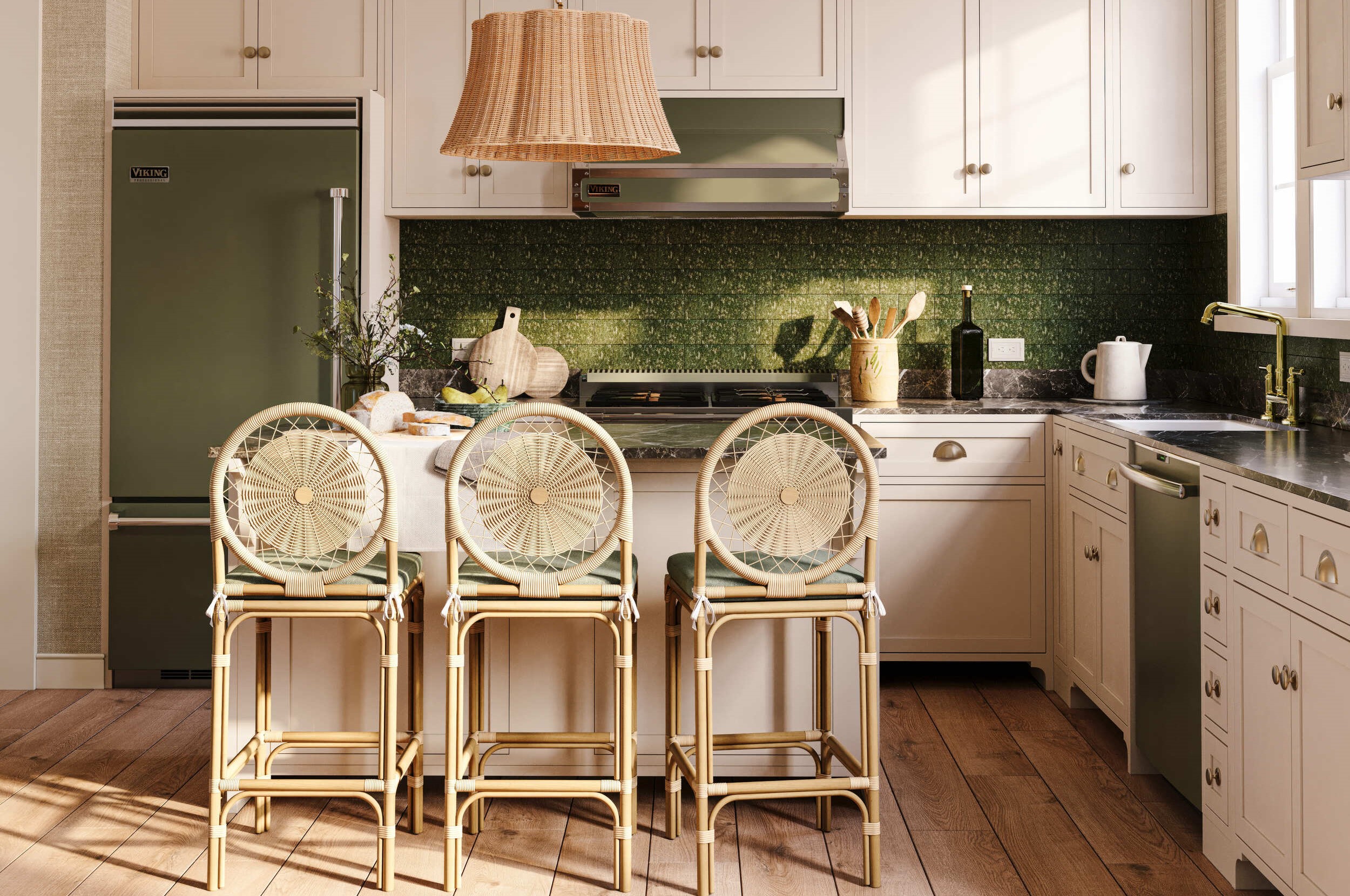
Image from Yousee Studio
The integration of 3D rendering with AR has led to a 40% reduction in the time required for design iterations, according to a survey conducted by the American Society of Interior Designers (ASID). This efficiency boost streamlines the design process and enables designers to explore a broader range of creative possibilities within shorter timeframes.
Revolutionizing the Client Experience
AR's impact extends beyond the designer's studio, fundamentally altering how clients engage with the design process. A staggering 78% of homeowners reported feeling more confident in their design choices when using AR tools, as revealed in a 2023 consumer survey by Houzz.
This increased confidence stems from the ability to "try before you buy" in a virtual setting. Clients can now walk through their future living spaces, experiencing the interplay of light, color, and texture in a previously impossible way. This immersive experience enhances client satisfaction and fosters a more collaborative relationship between designers and their customers.
Bridging the Gap Between Imagination and Reality
One of the most significant challenges in interior design has always been the disconnect between a designer's vision and the client's ability to visualize it. AR bridges this gap by providing a common visual language that both parties can understand and interact with.
For instance, the popular AR app RoomSketcher has reported a 65% increase in user engagement since introducing AR features. This heightened engagement translates to more informed decisions and a smoother design process overall.
Customization at Your Fingertips
AR technology empowers users with unprecedented levels of customization. Users can change colors, swap furniture, or adjust lighting conditions in real-time with a simple tap or gesture. This level of flexibility allows for rapid experimentation and refinement of design concepts.
A prime example of this capability is the IKEA Place app, downloaded over 8.5 million times since its launch. The app allows users to place true-to-scale 3D models of IKEA furniture in their own spaces with 98% accuracy in scale. This feature has led to a 35% reduction in furniture returns, demonstrating the practical benefits of AR in the retail sector of interior design.
Enhancing Spatial Awareness
One of the most challenging aspects of interior design is accurately gauging how furniture and decor will fit within a space. AR addresses this issue head-on by providing precise spatial information. Users can see exactly how a new sofa will fit in their living room or whether that statement chandelier will overwhelm the dining area.
According to a study by the Interior Design Society, this enhanced spatial awareness has led to a 25% decrease in on-site measurement errors. The reduction in errors not only saves time and resources but also contributes to a smoother, more efficient design process.
The Role of AI in AR-Powered Design
As AR technology evolves, artificial intelligence (AI) is increasingly important in enhancing its capabilities. AI algorithms can analyze a space and suggest optimal furniture arrangements and color schemes, and they can even predict future design trends based on user preferences and historical data.
For example, the AI-powered AR platform Planner 5D has seen a 200% increase in user-generated designs since incorporating machine learning algorithms. These AI-driven suggestions inspire users and help them avoid common design pitfalls.
AR in Commercial Interior Design
While much of the focus has been on residential applications, AR is also making significant inroads in commercial interior design. From office spaces to retail environments, AR is helping businesses visualize and optimize their interiors for maximum efficiency and aesthetic appeal.
A recent survey by Deloitte found that 67% of companies planning office renovations intend to use AR tools in their design process. This adoption is driven by the technology's ability to simulate different layouts, test wayfinding solutions, and evaluate the impact of design choices on employee productivity and well-being.
Sustainability and AR
As sustainability becomes an increasingly important consideration in interior design, AR is a valuable ally. By allowing designers and clients to visualize and experiment with eco-friendly materials and energy-efficient layouts virtually, AR reduces the need for physical samples and minimizes waste.
A report by the Green Building Council estimates that using AR in the design phase can reduce material waste by 15% during construction and renovation projects. This contributes to environmental conservation and results in significant cost savings.
The Educational Impact of AR in Interior Design
AR is not just transforming professional practice; it's also revolutionizing interior design education. Design schools worldwide are incorporating AR tools into their curricula, preparing the next generation of designers for a tech-driven industry.
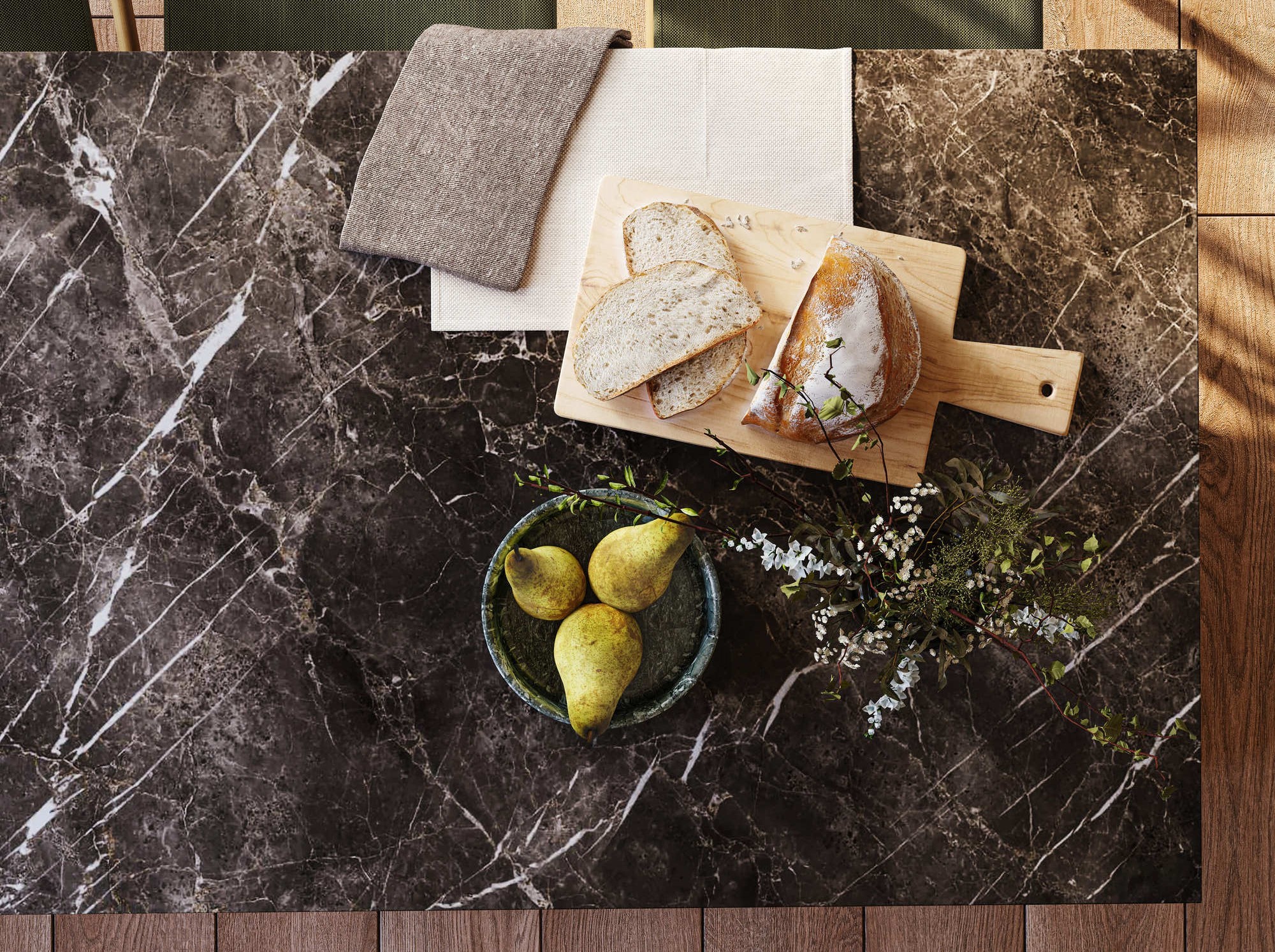
Image from Yousee Studio
According to a survey by the Council for Interior Design Accreditation, 82% of design programs now include AR training as part of their core curriculum. This shift ensures that graduates with the skills necessary to thrive in an AR-enhanced design landscape enter the workforce.
Overcoming Limitations and Looking Ahead
While AR has made significant strides in interior design, it has challenges. Issues such as hardware limitations, the need for more sophisticated rendering capabilities, and concerns about data privacy remain areas for improvement.
However, the trajectory of AR in interior design is undeniably positive. As technology matures, we can expect even more innovative applications. From haptic feedback that allows users to "feel" virtual textures to AI-driven design assistants that learn and adapt to individual preferences, the future of AR in interior design is brimming with possibilities.
In conclusion, augmented reality is not just enhancing interior design; it's fundamentally reshaping the industry. By bringing 3D interior renderings to life and offering unprecedented levels of visualization and interaction, AR empowers designers and clients alike to create spaces that are beautiful and perfectly tailored to their needs and preferences. As we look to the future, it's clear that AR will continue to play a pivotal role in bringing our design visions to life, blurring the lines between imagination and reality in ways we're only beginning to explore.
Contact us at YouSee Studio for captivating 3D renderings and immersive virtual experiences.
Karen Spacey is a content writer and the author of this article.

